Lochan-wan (Lambs’ Loch)
The following extract is taken from Folklore [A Quarterly Review of Myth, Tradition, Institution & Custom] Vol III (1892). ‘Lochan-wan* is a small loch, in a fine grazing district, lying on the upper confines of Aberdeen and Banffshire.

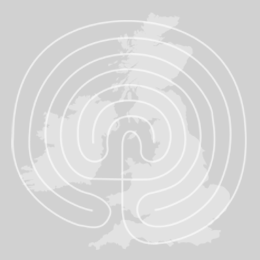
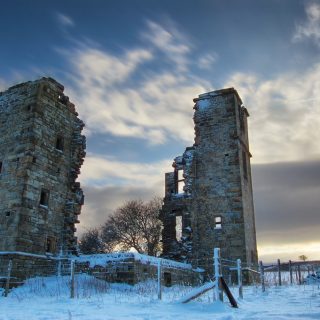
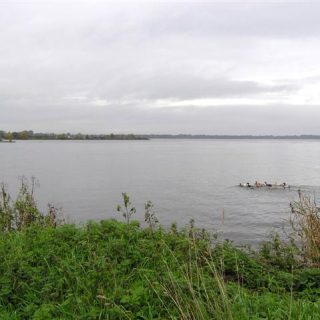
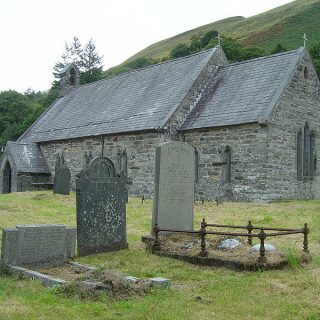
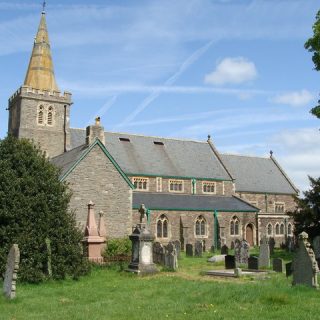

Recent Comments